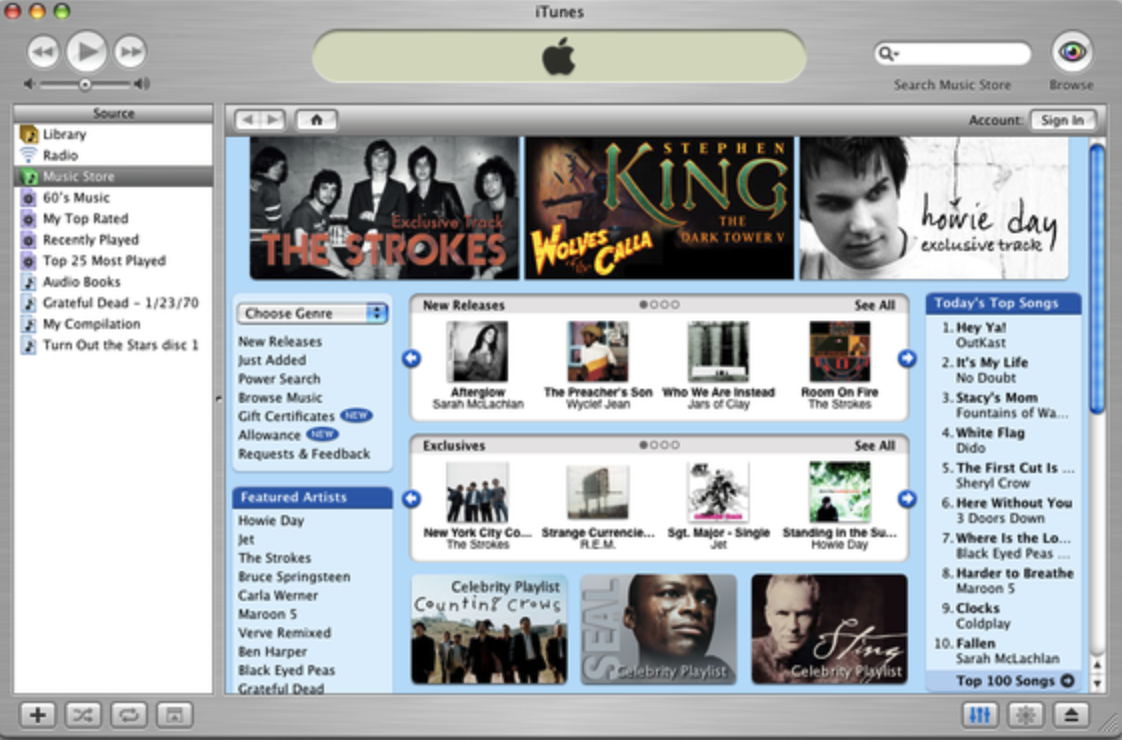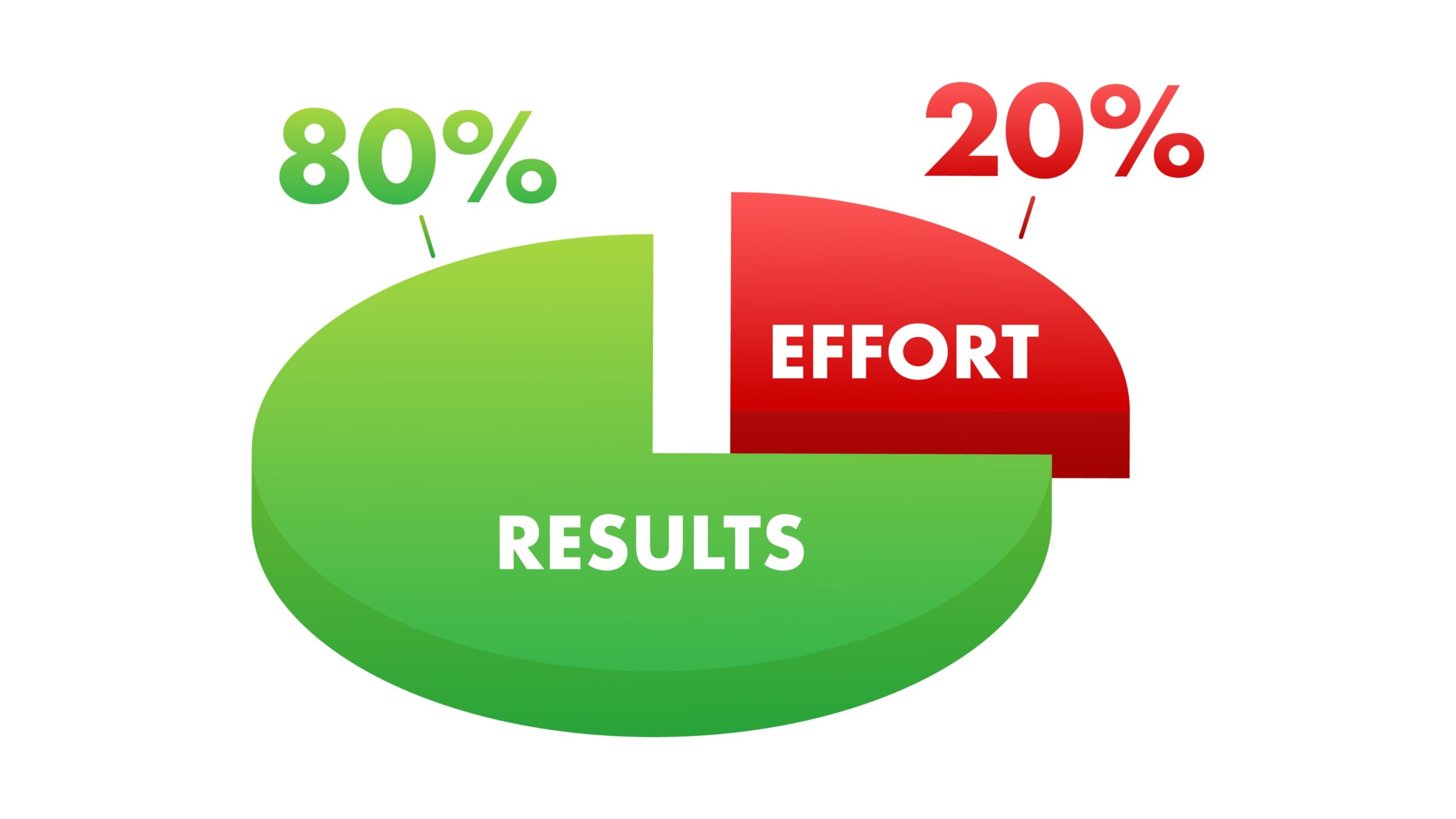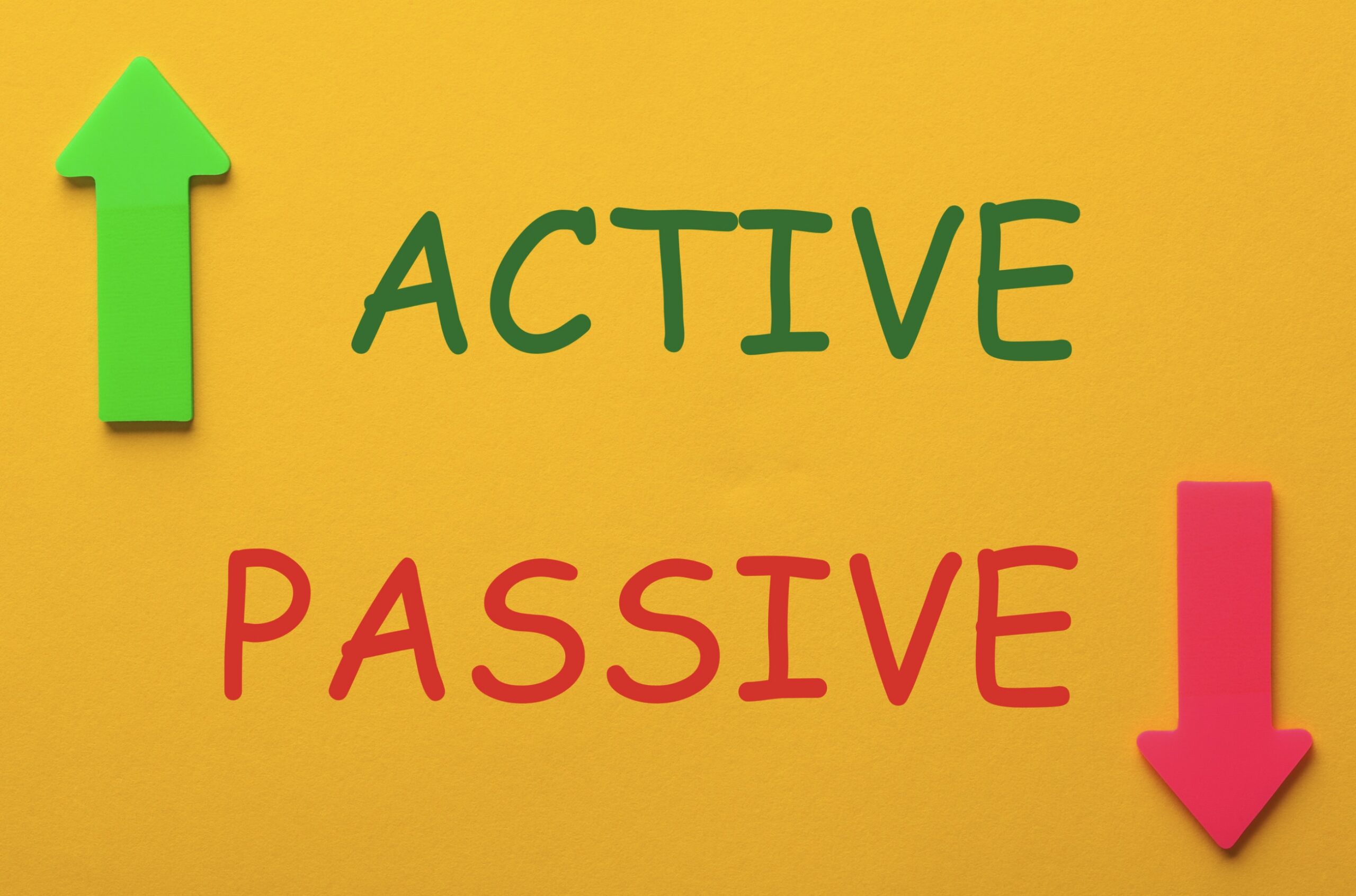AI has arrived, and many people have been concerned about its impact on higher education. Most concerns within higher education have been about how students use it to dramatically reduce the expected college workload or, in worse situations, to cheat outright. With all technologies, there are opportunities for misuse; however, for our conversation today, we assume that most students will use the technology in good faith. The technology is so powerful and game-changing that even with basic usage, it will change the landscape of student services and how institutions provide value to students.
The most popular student usage of AI is within ChatGPT, and to get a grasp of how explosive its growth has been, it took just 64 days for it to reach 100 million users. For comparison, it took Facebook four and a half years to hit the same milestone. What makes ChatGPT so impressive is that its applications are so widespread. You can summarize books, simplify complex problems, provide easy steps to complete most tasks, generate content, review content, have it help you code applications, and much much more.
To understand the impact of AI on career centers, it’s essential first to understand how students currently use AI in higher education. Our conversations with students tell us that they don’t expect AI to do all their work for them, but they rely on it for tasks that save them significant time. For instance, they use AI to generate ideas and structure their essays. AI is particularly good with text and documents. Based on these observations, it’s likely that students will increasingly rely on AI for resume and cover letter generation and review – two fundamental services offered by career centers. This does not mean that AI is better at these tasks, but because it can provide instant responses to students 24/7 that are ‘good enough’, they will see it as much more convenient and efficient.
Lessons from other technological innovations
The introduction of new technology can often cause confusion and resistance.  In 1999, Napster changed the music industry forever. Before Napster, obtaining a song meant purchasing a physical copy on a CD, cassette or vinyl. This was an inconvenient process for consumers but the industry was content with it. When Napster launched, it significantly threatened the industry’s business model. However, industry executives misunderstood the reason behind the threat. They believed that consumers were downloading music on Napster because it was free. This assumption led to a focus on lawsuits to shut down Napster, but innovation continued to outpace legal action. In retrospect, the music industry could have benefited from recognizing that convenience, not free music, was driving consumer behaviour.
In 1999, Napster changed the music industry forever. Before Napster, obtaining a song meant purchasing a physical copy on a CD, cassette or vinyl. This was an inconvenient process for consumers but the industry was content with it. When Napster launched, it significantly threatened the industry’s business model. However, industry executives misunderstood the reason behind the threat. They believed that consumers were downloading music on Napster because it was free. This assumption led to a focus on lawsuits to shut down Napster, but innovation continued to outpace legal action. In retrospect, the music industry could have benefited from recognizing that convenience, not free music, was driving consumer behaviour.
Almost two years later, Apple launched iTunes on January 9, 2001.  It addressed the convenience factor – instead of purchasing an entire album to listen to the one song you wanted to hear, you could download any song instantly for $0.99. They successfully sold instant gratification. iTunes was a massive commercial success. Within ten years, it became the world’s largest music retailer, with over 435 million registered users in 119 countries. iTunes had one major fault; it still held on to the belief that people wanted to ‘own their music’. When people had physical copies of their music, it was easier to sell ownership. However, as more people became used to digital copies of music, the sense of ownership lessened, priming the market for a new paradigm in music.
It addressed the convenience factor – instead of purchasing an entire album to listen to the one song you wanted to hear, you could download any song instantly for $0.99. They successfully sold instant gratification. iTunes was a massive commercial success. Within ten years, it became the world’s largest music retailer, with over 435 million registered users in 119 countries. iTunes had one major fault; it still held on to the belief that people wanted to ‘own their music’. When people had physical copies of their music, it was easier to sell ownership. However, as more people became used to digital copies of music, the sense of ownership lessened, priming the market for a new paradigm in music.
Spotify was founded in 2006, and instead of selling music ownership, it focused on selling access. Music lovers could easily purchase ten songs a month on iTunes.  For these individuals, it was easy to make the pitch: why download only ten songs a month when you could have instant access to millions of songs on demand? Today, most people who listen to music don’t even consider whether they own it. They want to know they can access their favourite music when and how they want it. In addition, Spotify, also had a free, ad-supported tier, which further removed barriers. Interestingly, Napster launched a product called “Rhapsody” in the early 2000s, which was the first to provide access to music for a single monthly fee. However, it was too early – people weren’t ready to relinquish ‘music ownership’.
For these individuals, it was easy to make the pitch: why download only ten songs a month when you could have instant access to millions of songs on demand? Today, most people who listen to music don’t even consider whether they own it. They want to know they can access their favourite music when and how they want it. In addition, Spotify, also had a free, ad-supported tier, which further removed barriers. Interestingly, Napster launched a product called “Rhapsody” in the early 2000s, which was the first to provide access to music for a single monthly fee. However, it was too early – people weren’t ready to relinquish ‘music ownership’.
Now, let’s tie this back to academia and, more specifically, career centers. ChatGPT, like Napster at the time, provides consumers with a major shift in convenience – instead of music, it is productivity. Some career development professionals may see this as a threat, but I’d encourage these individuals to see AI as an opportunity instead.
The goal of every career development professional should be to maximize the employability of those they serve. What AI does well is it takes care of a lot of the early stage work for students, the basic resume and cover letter generation. See AI as a tool your department can use to delegate much of the work of compiling a basic resume and cover letter. This frees up considerable time for career services to focus on providing higher-value interactions with students.
The Pareto Principle, or the 80/20 rule, is a famous economic concept.  It states that 80% of the effects come from 20% of the causes in many situations. In the context of career services, 80% of the value provided to students comes from just 20% of the services offered. The advantage of AI in career services is that it can help professionals to identify and focus on that 20%.
It states that 80% of the effects come from 20% of the causes in many situations. In the context of career services, 80% of the value provided to students comes from just 20% of the services offered. The advantage of AI in career services is that it can help professionals to identify and focus on that 20%.
To determine which of your services offer the most value to students, career services professionals should ask themselves which services they can provide that are unique to students and cannot be accessed elsewhere. Resources such as local libraries, employment centers, countless online websites, and AI are available for resume and cover letter assistance. All these resources can provide students with the standard best practices and advice they need to create a basic resume and cover letter. If this is your core strength, you will need to adapt, as these services will become less and less relevant for students.
Just as the emergence of Napster caused a significant shift in the music industry, increasing AI usage amongst students will change how students perceive the value of career services. This shift introduced by AI is priming higher education for a new paradigm in career services that marks the change from passive to active services. Preparing for this shift will be necessary for all career services wanting to stay relevant.

The old “passive” career services paradigm focused 80% of its efforts on reactively waiting for students to initiate engagement with services that focus on:
- Providing guidance
- Resources
- Support
The new “active” career services paradigm focuses 80% of its efforts on proactively working in the best interests of students with services that focus on:
- Promoting students
- Establishing stronger employer relationships and partnerships for exclusive access by your students
- Building institutional brand equity more deliberately
In recent years, the idea that ‘college is a scam’ has become increasingly prevalent online. This is primarily because the internet has made knowledge more accessible. Nowadays, you can learn almost anything online, even from top-tier institutions like Harvard, and often for free. However, you don’t gain an official degree from these free options. People who support the ‘college is a scam’ idea tend to have invested a significant amount of money in earning a degree that has not led to job opportunities in their chosen field. It’s understandable why they might feel cheated if they’ve spent over $100,000 on a degree and they’re struggling to land a job at the local Starbucks.
Most leaders in higher education should already know that the long-term survival of their institutions is directly related to their ability to sustain the value of their degrees in the employment market. This presents a significant opportunity for career services. The current shift in dynamics implies that it will become one of the most critical departments to an institution’s overall success or failure. These outcomes represent the return on investment for students, which drives tuition and demand for education.
Career services need to start preparing for this future today.
Start embracing AI to free up resources for your department to take on more active career services initiatives. This means actively promoting your students, establishing stronger employer relationships, and fostering concrete strategies to build brand equity in the job market. In actual deliverables, it means having online technology and systems in place that make it easier for you to promote student talent actively, that allow employers to connect with your students more efficiently, and ongoing experiences that show students that you are constantly working in the background to improve their employment prospects.
If you are looking for an easy way to deliver these more active career services, please contact us for a demo. We have a wide range of services available to help your department. You can book a demo here.




